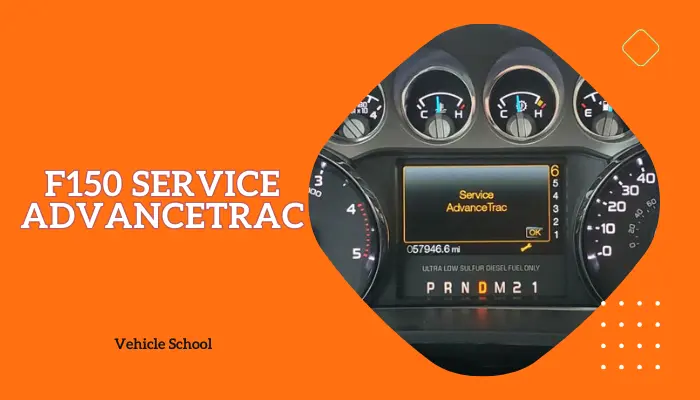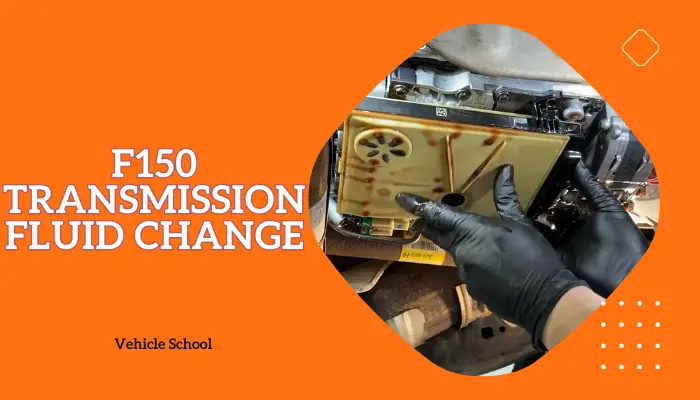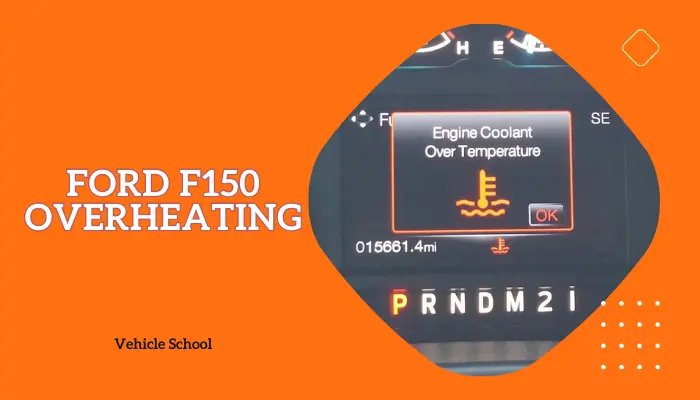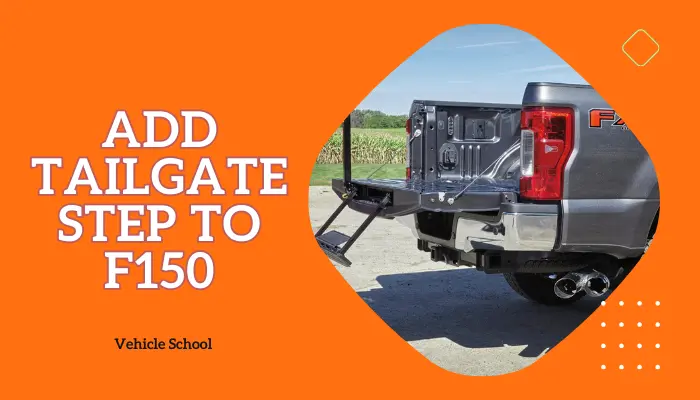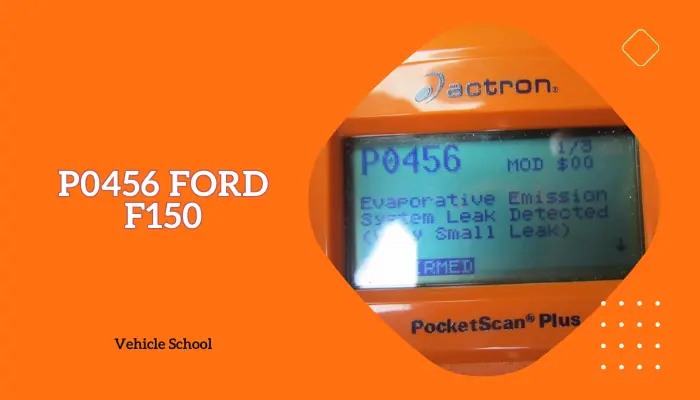F150 limp mode is triggered by the transmission control unit (TCU) or engine control unit (ECU) when a sensor detects a critical issue, restricting power to protect the vehicle. This mode results in slow acceleration and high RPMs at highway speeds. Common causes include transmission issues, such as a loss of speed sensor (LSS) signal or vehicle speed sensor (VSS) problems, often needing lead frame replacement. A drivetrain malfunction, indicated by a wrench icon on the dash, can also activate limp mode. Temporarily resolving the issue may involve disconnecting the battery or restarting the truck, but the powertrain control module (PCM) will typically flag a diagnostic code to identify the specific fault.
You can permanently fix that by cleaning the throttle body, checking connectors, replacing the lead frame, or getting a new throttle body. You can also try a reset.
For a more thorough rundown on how to do all those things, take a peek at the rest of my post.
What Is Limp Mode?
Limp mode is a safety net for your car’s engine and transmission. It kicks in when there’s a serious issue, limiting your car’s performance to prevent more damage and allowing you to drive slowly to a mechanic or home. It is similar to the engine failsafe mode of Ford F150.
What’s Causing Your F-150 To Go Into Limp Mode?
I’ll tell you why you’re even dealing with the issue first, so you know the full deal, but if you want the fixes right away, you can jump to the next section.
1. You Have A Bad Throttle Body
If the throttle body in an F150 isn’t working right or gets dirty, it can put the truck in limp mode. Problems in the throttle body mess up how air gets to the engine.
This issue is often linked with other performance problems like reduced engine power Ford F150 due to the computer system limiting power as a safe mode to prevent damage until the throttle body problem is resolved.
There are plenty of reasons the throttle body even has issues in the first place. The throttle position sensor in it that controls how much gas your engine gets might wear out. Moisture or electrical problems could also mess with them.
Carbon buildup inside the throttle body over time messes with airflow, which can make your truck run rough and trigger the mode.
Sometimes, the throttle body itself just breaks or has issues. It might stick, have broken parts, or its seals might go bad.
2. Lead Frame Issue
If there’s a problem with the lead frame in the F150, it can mess with how electrical signals move between important parts like sensors, actuators, and the ECU.
This can also cause limp mode to kick in to keep the truck from getting damaged.
For instance, the speed sensor (LSS) in the transmission can start acting oddly due to signal issues, which can contribute to ford f150 transmission problems.
The lead frame wears out from constant shaking and temperature changes, messing up its ability to maintain good electrical connections. Exposure to water, salt, or other substances causes the lead frame to corrode, making it harder for electricity to flow through or break connections entirely.
Before we get to the fixes, let me run through something quickly first, I’ve seen people across forums also say that the MAF Sensor is also the issue, but 99% of the time, it’s either the Throttle Body or the Lead Frame.
Ford F150 Limp Mode Fixes
Here’s everything you need to do to get the F150 out of limp mode:

1. Clean And Tighten The Transmission Connectors
- Find the connectors on the passenger side of the transmission and under the hood, near the firewall.
- Make sure the truck is turned off.
- Gently disconnect the connectors.
- Don’t touch them directly to avoid causing damage.
- Repeat unplugging and plugging the connectors several times.
- This helps remove any buildup on the pins.
- Once done, firmly plug the connectors back in.
- Turn on the vehicle and check if the issue is fixed.
2. Reattach The Hoses Properly
This one is a much less common reason for the issue, but it’s an easy fix to try. You can give it a go if you spot the error code P061A; it’s more of a minor glitch than one of the main reasons I went over.
- Open the hood of your pickup truck.
- Look for any hoses or lines that are disconnected or loose.
- Find the line that might be connected to the exhaust system.
- Make sure to attach the line securely.
- Close the hood of the truck.
- Start the engine and check for any problems or warning messages.
- Take the truck for a test drive and see if the issue persists.
3. Clean Up The Throttle Body
Now we’ll need to get more hands-on with the fixes.
- Remove the cover over the throttle body with a 10mm wrench or socket.
- Loosen the clamp on the air intake tube and pull it off.
- Disconnect any wires or hoses attached to the throttle body.
- Pop the butterfly valve open with a long screwdriver.
- Wipe the inside with a rag after spraying some carburetor cleaner.
- Clean around the butterfly valve and shaft thoroughly.
- Leave the throttle open for 30-45 minutes to let the cleaner evaporate.
- Put everything back together in reverse order.
- Start the engine and let it run for a few minutes to make sure it’s working well.
4. Get A New Throttle Body
This is the most expensive (only by a bit, though; it costs around $200) fix and almost guaranteed working last resort.
If you give it a go, you can also get rid of any throttle response issues.
And if you’ve been getting any Service AdvanceTrac or Hill Descent Control Fault alerts, it’ll get rid of them as well.
- Loosen and remove intake tubing clamps, then pull off the tubing.
- Take out the bolts securing the intake assembly, disconnect the wire clip and hose line, and lift out assembly.
- Unbolt throttle body, disconnect electrical connector, and lift out.
- Disconnect the backside electrical connector.
- Clean intake manifold, check the gasket.
- Reinstall throttle body, secure bolts, and reconnect the electrical connector.
- Tighten bolts in a cross pattern, torque to 89 inch-pounds.
- Reattach intake assembly, ensure alignment.
- Check connections, tighten clamps.
- Test the throttle body for leaks.
5. Replace The Lead Frame
If you’re seeing the symptoms of the lead frame issue I mentioned, then you might be able to save some cash on a fix and just pay around $135 with a bit of shipping.
- Remove pan, drain the fluid, and remove filter.
- Replace seals if needed, and align valves.
- Remove and replace the Torx 30 screws on the valve body.
- Carefully replace the valve body, ensuring no parts are lost.
- Replace the molded lead frame with Torx 27 screws.
- Install foam sleeve for solenoid connectors.
- Reinstall the valve body, ensuring proper alignment.
- Secure the valve body with Torx 27 screws.
- Check and reattach the bulkhead guide sleeve lock.
- Refill with Mercon LV fluid, clear codes, and test functionality.
The process is a lot more detailed than that. If you don’t already have experience doing DIY, you can check out this similar process about working on a Ford 6R80 Transmission and replacing its Molded Frame:
How To Bypass or Reset Limp Mode In Your Ford F150?
Don’t want to spend so much money? You could try to bypass it first, and if this doesn’t work, you’ll have to get new parts, at least they’re not going to cost you almost a grand like getting a technician would. Here’s the Ford F150 limp mode reset procedure:
- Turn off your truck and wait for 5 minutes.
- Check oil and transmission fluids, add more if low.
- Disconnect the battery for 30 minutes.
- Reconnect the battery and check if limp mode persists.
- Use an OBD2 scanner to find error codes.
- Clear the codes to try bypassing limp mode.
FAQs
What happens when the F-150 goes into limp mode?
If your F-150 enters limp mode, you’ll notice reduced engine power, slower speed (usually around 25-45 mph), warning lights like the check engine light, and the truck might not respond well when you hit the gas. The engine might also feel rough or jerky.
Does driving in limp mode damage the engine of your F-150?
Driving your F-150 in limp mode for a bit generally won’t wreck the engine. But it’s vital to fix whatever’s causing it ASAP to prevent any lasting damage.
How much will it cost you to fix limp mode in your F-150?
By yourself, you should be able to get it fixed with less than $500, if you try all the fixes and replacements I’ve discussed in the post.
Concluding Remarks
With all that done, your engine should be back to running smooth as butter, now.
You’ll be rid of the limp mode issue for good, as long as you keep your throttle body clean, that is.
That’s what causes it, more often than the lead frame, so always remember to give it some good TLC every once in a while.
That’s all for this post! Have fun driving your fixed-up F150 and enjoying a DIY job well done.

